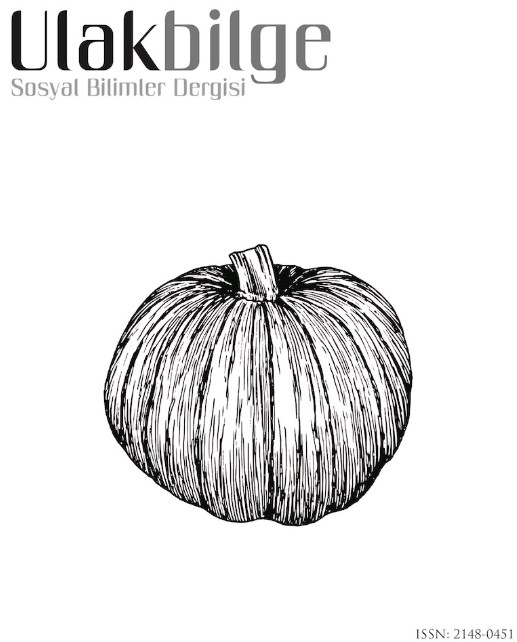DOĞU VE BATI ESTETİĞİNDE ANLAM ARAYIŞI: WABİ SABİ VE SPREZZATURA İLİŞKİSİ
SEARCHING FOR MEANING IN EASTERN AND WESTERN AESTHETICS: WABI SABI AND SPREZZATURA CONNECTION
Author(s): Rasim BaşakSubject(s): Aesthetics, Early Modern Philosophy, East Asian Philosophy, Indian Philosophy
Published by: Sanat ve Dil Araştırmaları Enstitüsü
Keywords: minimalism; janteloven; buddhism; zen; stoicism;
Summary/Abstract: Wabi-Sabi may be associated with sprezzatura in terms of its use and meaning. Faultlessness and perfection creates feelings of doubt about authenticity and legitimacy as provoking feeling of artificiality in our senses. Sprezzatura may be regarded as a balancing factor against synthetic feelings of perfection. It is a prevalent opinion that hedonism and over indulgence may turn into depression and eventually turn into an existential crisis. Cha no yu is a ceremonial tea ritual structured in the 16th Century Japan by Rikyū based on a philosophy to contemplate about existence. Tranquility and peace experienced during this ritual constructed around Zen philosophy, as a contemplative process in the spirit of Wabi Sabi. Wabi Sabi and sprezzatura, both require authenticity and effortlessness in unification with nature and existence. The values related to Wabi-Sabi such as simplicity, austerity, modesty, humility, imperfection, authenticity, and asymmetry are the reflections of spiritual-existential reality and they also show associations with sprezzatura. Wabi-Sabi and sprezzatura are investigated in this study within their stylistic characteristics, roots, and philosophical backgrounds. The study was designed as phenomenology. Conceptual discourse analysis and content analysis methods were employed to analyze information. Wabi-Sabi is also investigated in relation to Stoicism, Janteloven, and minimalism.
Journal: Ulakbilge Sosyal Bilimler Dergisi
- Issue Year: 10/2022
- Issue No: 69
- Page Range: 161-179
- Page Count: 19
- Language: Turkish

